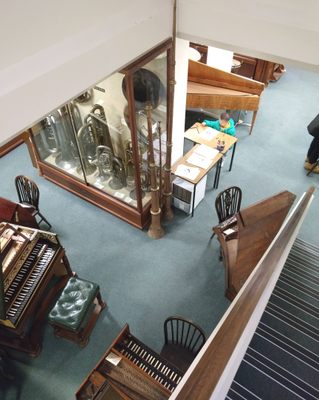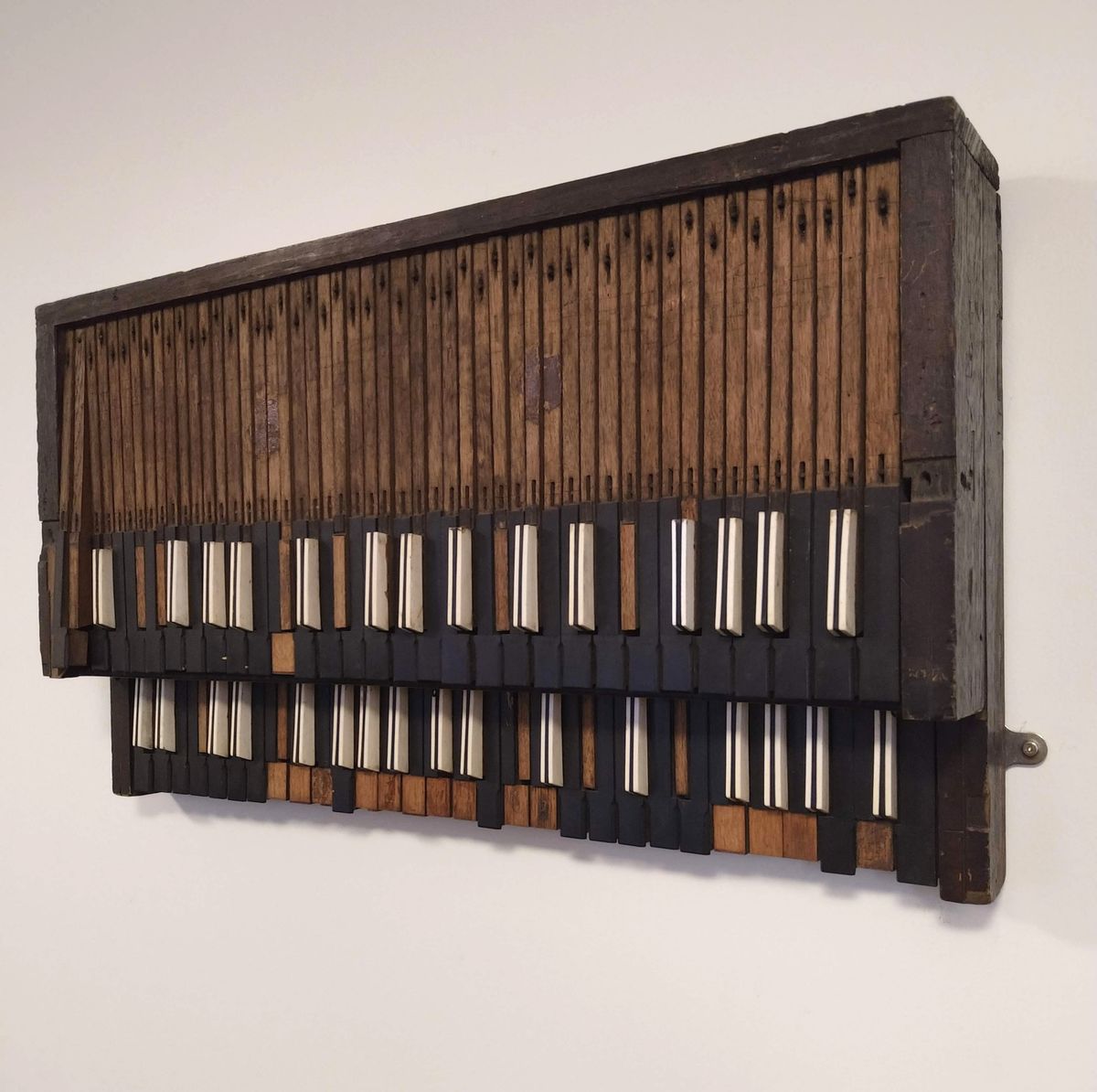About
The Bate Collection at Oxford University's music faculty is a small museum that displays a large number of musical instruments. The collection is mainly of European origin, and includes woodwind, brass, and percussion. Whether you make music or just enjoy listening to it there is always something interesting to be found on display here.
Philip Bate, after whom the collection is named, was born in Glasgow in 1909. It is said that his father did not allow music in the house, despite his mother Mary Turner being a keen musician. But the alleged ban did not deter a young Bate from his interest in music, and he saved his pocket money to buy clarinets and flutes from junk shops and market stalls.
Bate's interest in music only grew, and in 1946 he helped to found the Galpin Society, one of the earliest organizations focused on the history and study of musical instruments. His collection expanded as time went on, and by the 1960s he had over 300 items. Keen to ensure that his legacy was maintained, Bate decided to donate his woodwind instruments to Oxford University on the understanding that they would be used for teaching purposes. After his death in 1972, his library and remaining instruments were donated to the university by his son.
Since then, the collection has continued to grow with further gifts and acquisitions. There are now some 2,000 items in the collection, with about half of them on display. The collection spans eras, with pieces from the Renaissance, baroque, classical, romantic, and modern periods. The Bate Collection has recorded many of its instruments being played, and put samples of them online for curious listeners to hear.
It is an interesting place to see some of the weird and wonderful objects used to make music over the centuries.
Related Tags
Know Before You Go
The museum is accessed by a side entrance at the Music Faculty. The opening hours are quite restricted, but it can be visited on Saturday mornings during full term time (check the Oxford University website for dates). There also occasional family events where you try playing some of the instruments.
Note that you will usually need to ring the bell to be allowed into the building, but entry is free.
Community Contributors
Added By
Published
February 20, 2020





































